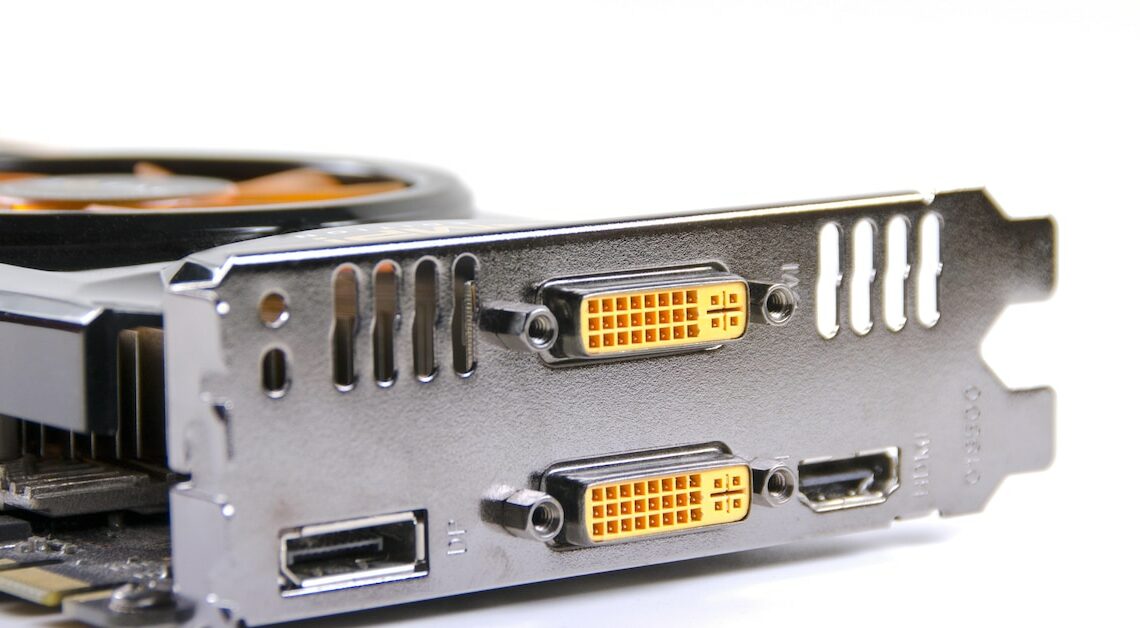
If the graphics card is no longer recognized, the problem can often be solved with a few tweaks. However, there are several tips to keep in mind.
Graphics card is not recognized: These are the first steps
Graphics cards are particularly important for the quality of the screen display on your laptop or computer. If the graphics card is not recognized by your technical device, you can often quickly solve the problem with a few tips. In most cases it helps to update the graphics card driver.
- Completely update the graphics card driver to quickly fix the problem. To do this, press the “Windows” and “R” keys at the same time so that “Run” opens.
- Enter “devmgmt.msc” in the input field and click “OK”. The device manager then opens.
- Here you have an overview of all the installed hardware. You can find the installed graphics card under “Graphics card”. Under certain circumstances there may be two.
- Right-click on it to open the context menu. There select the item “Update driver software”.
- A new window will open in which you can use the top option to let the computer search for new software online. If it doesn't find a new driver version, follow the instructions in the next paragraph. If an update is available, run it.
Problem not resolved? Uninstall graphics card drivers
If there is no improvement after the update, it is recommended to completely uninstall the graphics card. If you then reinstall the graphics card driver, the graphics card will usually be recognized by your device.
- To do this, right-click on the graphics card again in Device Manager. However, in the context menu, select “Uninstall” instead of the update and follow the further instructions.
- Since the associated software for the graphics card is now most likely still installed, it should be removed. To do this, uninstall your version of Windows in just a few steps. Look for software that bears the name of the manufacturer of your graphics card – for example Nvidia or ATI.
Install graphics card drivers
Restart your computer once you have completely uninstalled the graphics card driver. You can then reinstall the driver on your technology device.
- Open Device Manager via “Windows” + “R” and the command “devmgmt.msc”. You can now reinstall the driver software via Device Manager.
- Right-click the graphics card and click “Install Driver Software.”
- Search online for the latest driver version and install it. If that doesn't work, you can alternatively install the driver yourself using the second option. To do this, you have to download it yourself.
- The current drivers can be found on the manufacturer's website. The download portals of the largest manufacturers are: AMD, Nvidia, Intel, ASUS and MSI.
